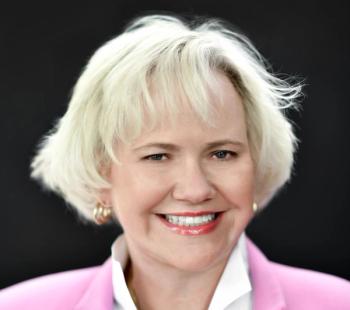
WellSky's Lissy Hu talks about the challenges in post-acute care | Data Book podcast
In the latest episode, she talks about using technology to improve care transitions, trends in post-acute care, and the changing desires of patients.
Lissy Hu sees healthcare from a variety of perspectives.
Hu is the president of connected networks at WellSky and the founder of CarePort, which was acquired by WellSky. CarePort connects hospitals and health systems with post-acute care facilities and community-based providers. Hu says CarePort, which works with 2,000 hospitals, aims to place patients in the best setting after hospitalization.
“You can almost think of us as sort of the connective tissue across many of those settings of care,” Hu says.
In the latest episode of the Data Book podcast from Chief Healthcare Executive®, Hu discusses trends in post-acute care and using technology to improve care transitions.
More patients want to be home, she says, and that’s a trend that’s going to continue.
“It's one of those rare moments in healthcare where all the incentives are aligned: the patient and the provider and the payer,” Hu says.
“We are seeing that shift,” she continues. “And I think, right now, where there's a lot of discussion and innovation is, how do we know which patients are appropriate for home-based care? You know, how do we know which patients who are going to maybe a nursing home should actually go home, or even vice versa? There may be patients who are going home, they really would be better in a facility setting.”
With Americans getting older, there’s going to be a greater demand for post-acute services in the future, she says. It’s not just age, but people are requiring more care when they leave the hospital.
“People are not only getting older, but people are getting sicker and they're higher acuity patients ... those are the ones that need extra services when they come out of the hospital,” Hu says.
At the same time, many post-acute providers are struggling to find staff, a problem that began before the pandemic but has only accelerated. By necessity, she sees more post-acute providers utilizing technology.
“Post-acute providers are now more and more embracing using data and technology to be more efficient and effective in their processes,” Hu says.
She also talks about what led her to build CarePort more than a decade ago.
“What we set out to build was really almost like a Hotels.com, TripAdvisor-type of tool for people who are trying to select nursing homes, home health agencies, hospice agencies,” she says.
You can subscribe to Data Book wherever you get your podcasts.






















































































